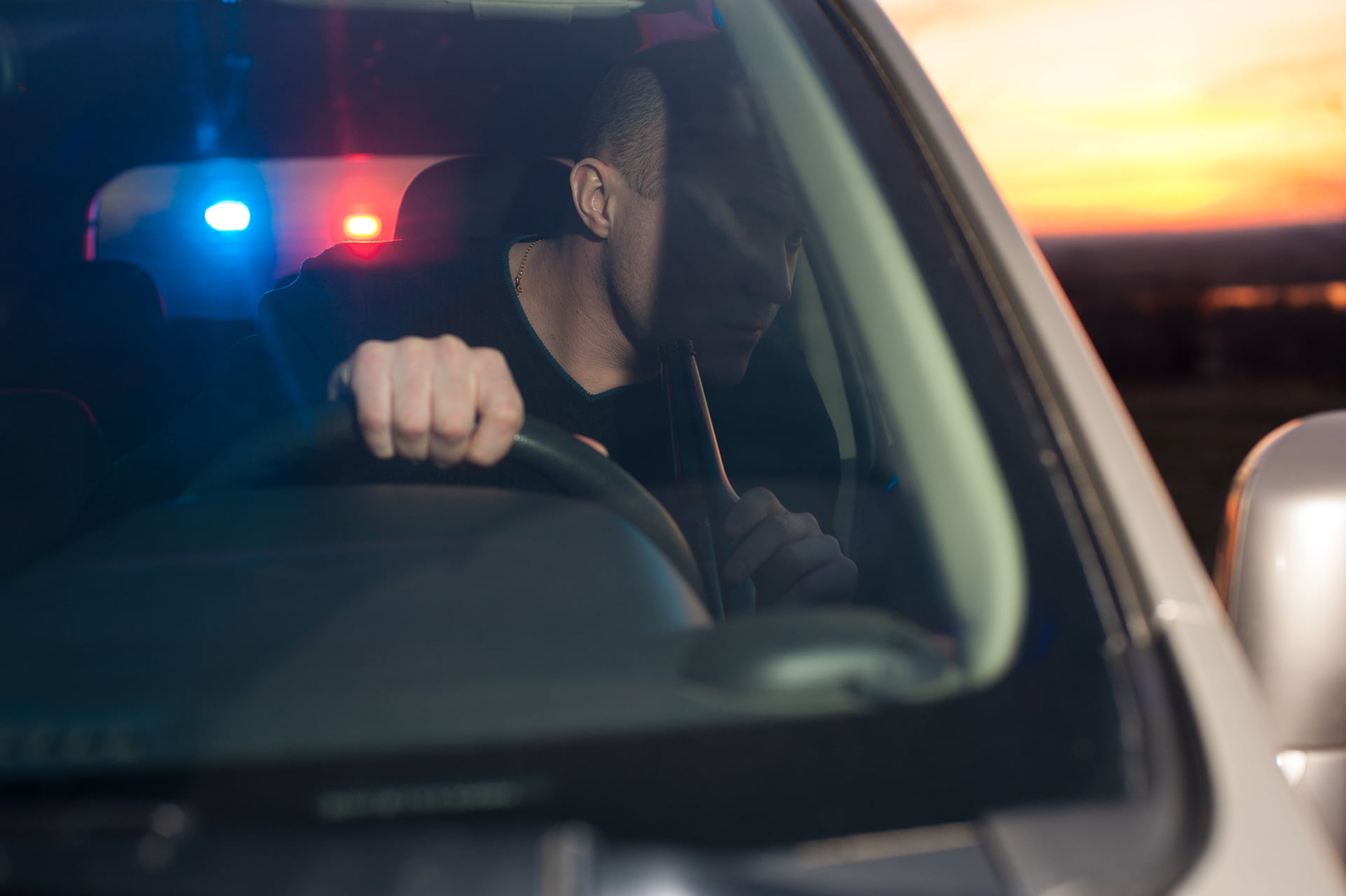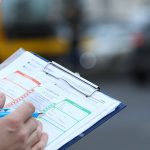When drivers see a law enforcement officer behind them with the blue lights on, they often panic. While being nervous is a natural emotion, there are some things drivers can do to make the stop go more smoothly and cause the least amount of suspicion in the officer
1. Properly Pull Over
Reduce speed and smoothly pull off the road to a safe location. It is usually better to pull off on the righthand side of the road, but make sure to only change lanes when it is safe to do so and use a blinker.
2. Remain in the Vehicle
Once safely pulled over, drivers must turn off the vehicle’s engine and, if it is dark outside, turn on the vehicle’s interior light. Drivers need to keep both hands on the steering wheel and remain in the vehicle unless the officer asks for them to step out.
3. Do Not Act Suspicious
Drivers should not give law enforcement officers any reason to be suspicious of them. Avoid any actions that may suggest something is being hidden, disposed of, or destroyed. For example, leaning forward may make the officer suspect something is hidden under the seat.
4. Follow Directions
Listen carefully to the officer’s instructions and follow his or her directions. It’s important to remember the officer is in control of the situation, and the interaction is not over until he or she instructs the driver he or she is free to leave.
5. Do Not Give Information Freely
Drivers should not volunteer information they are not asked for, and they should not argue with the officer. Calmly and simply respond to the officer’s questions without giving too much extra information or getting into an argument.
6. Behavior is Being Observed
Most modern police vehicles are equipped with dashboard cameras, and even if they are not, the officer is observing all the driver’s behaviors, so it is important to not act strangely, oddly, or secretively.
7. The “How Much to Drink” Question
When law enforcement officers pull over drivers for suspicion of drinking and driving, they often ask drivers how much they have had to drink. Drivers should either not answer this question or state that they cannot recall how much they had to drink.
8. Handling BAC Testing
It is important for drivers to think twice about refusing Blood Alcohol Concentration (BAC) testing since all states have implied consent laws. Refusing to take a BAC test may result in harsher consequences.
9. Do Not Volunteer for Roadside Testing
It’s essential for drivers to remember that roadside sobriety tests are voluntary in some states. Drivers should ask the officer if the test is voluntary, and if it is, they have the option to refuse.
10. Doubt About Law Enforcement Identity
If there is any suspicion the person pulling the driver over is not a law enforcement officer, it is acceptable to call the local police station, ask to speak to the officer’s supervisor, or drive to the local police station.
Fill out the Free DUI Arrest Evaluation Now!
DUIRights Support is comprised of legal writers and attorneys who are able to generate useful information about issues relating to DUI. Please use all information at your own discretion and never use the information as legal advice without consulting with an attorney.





